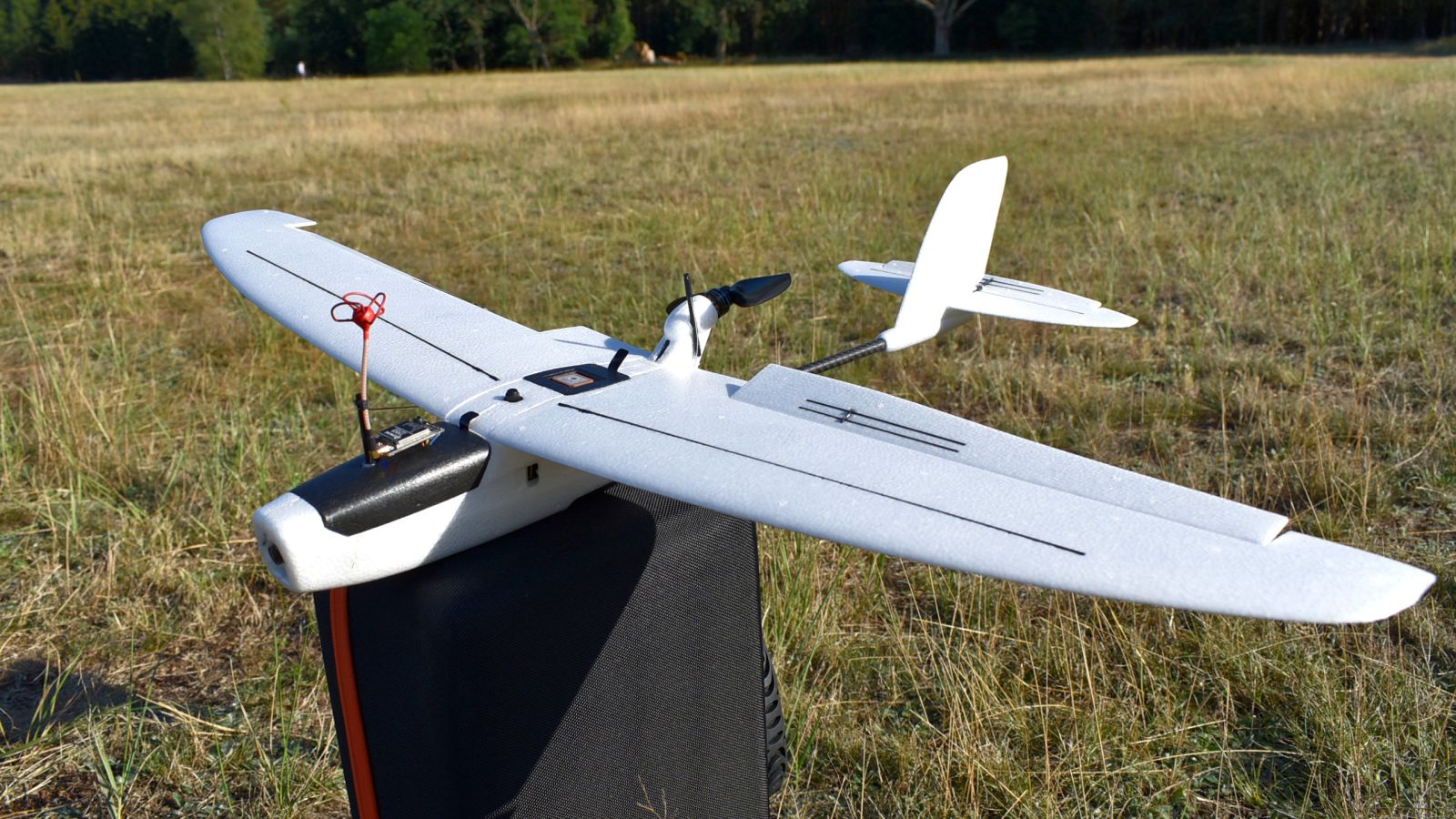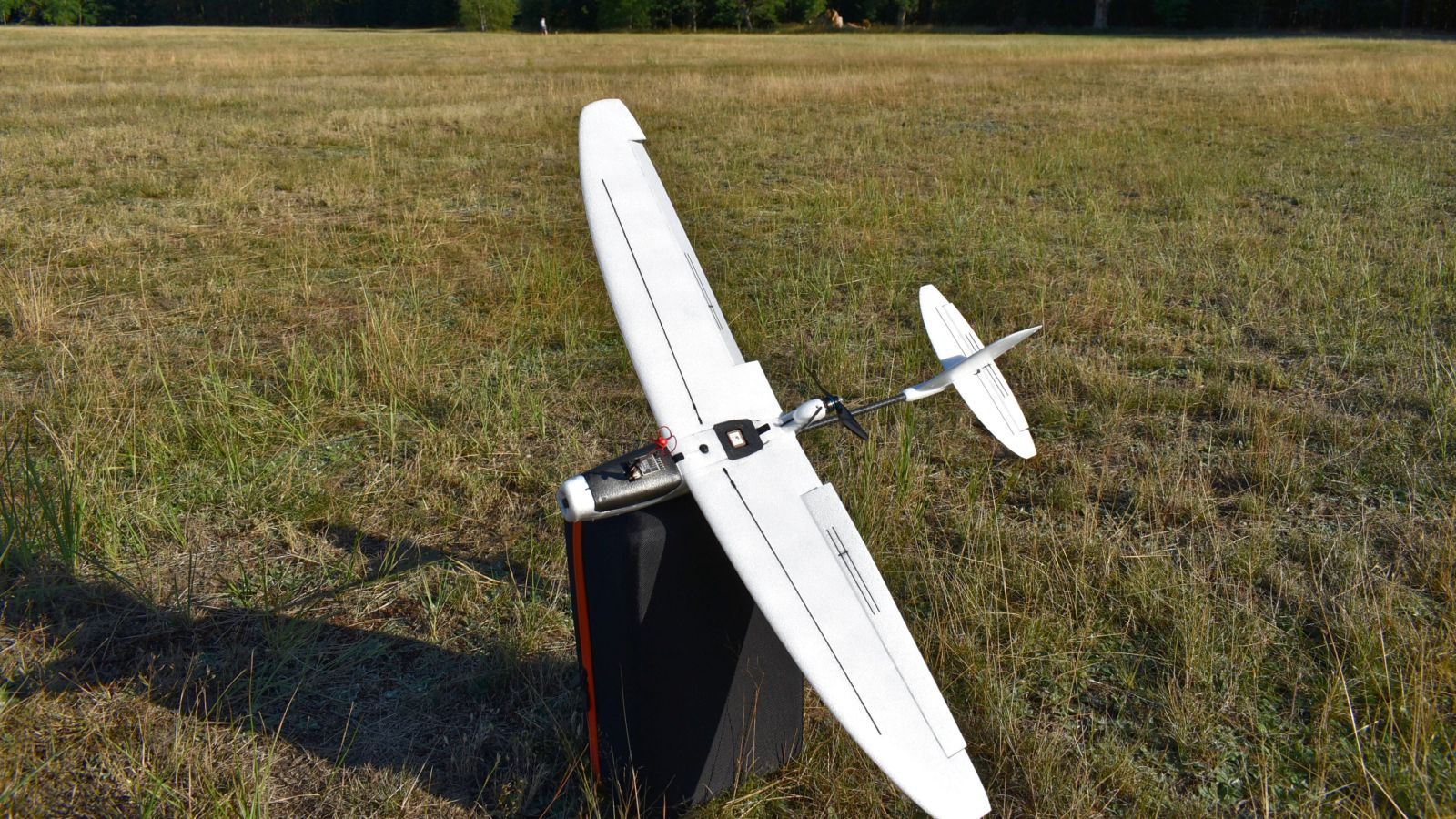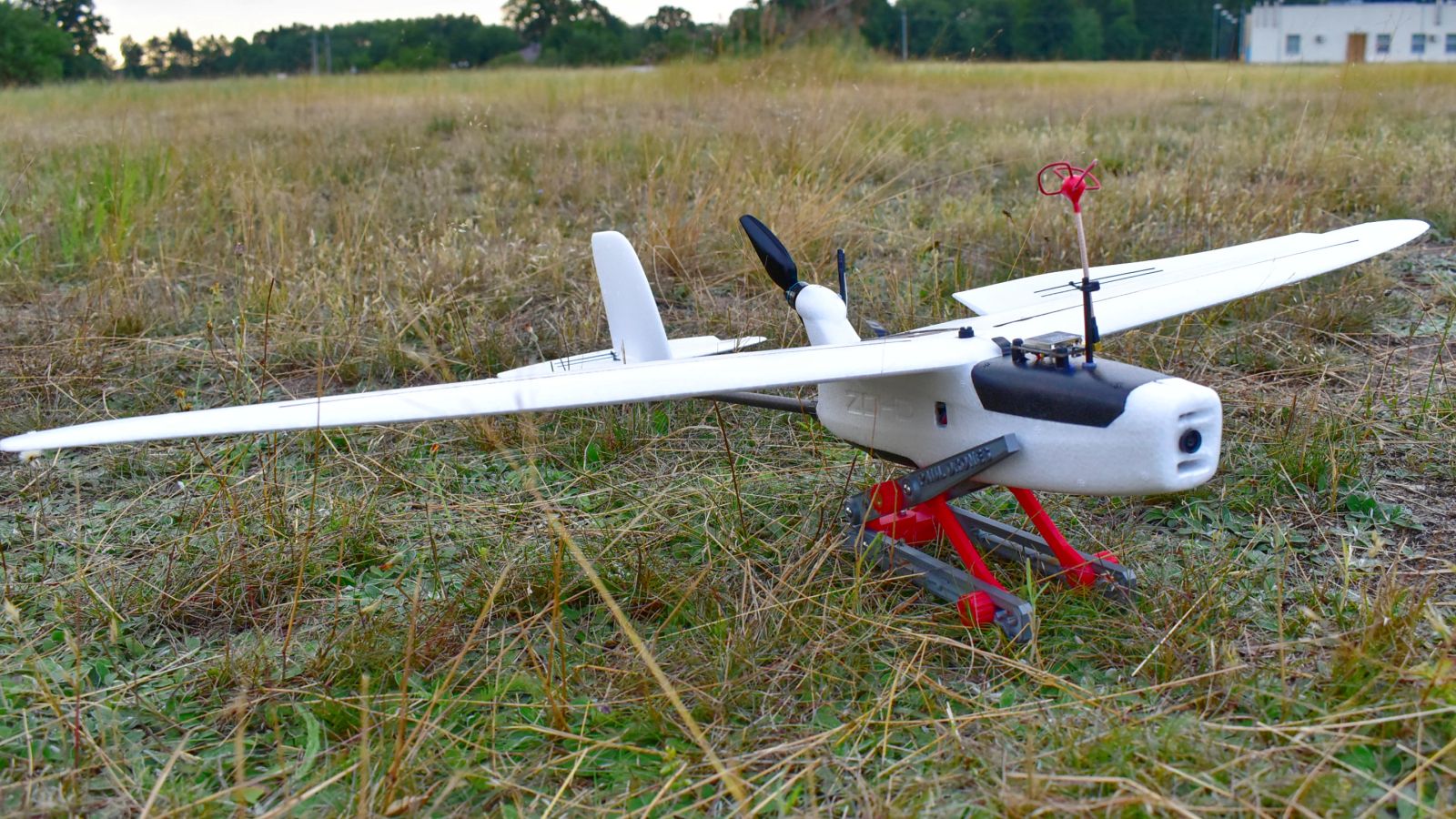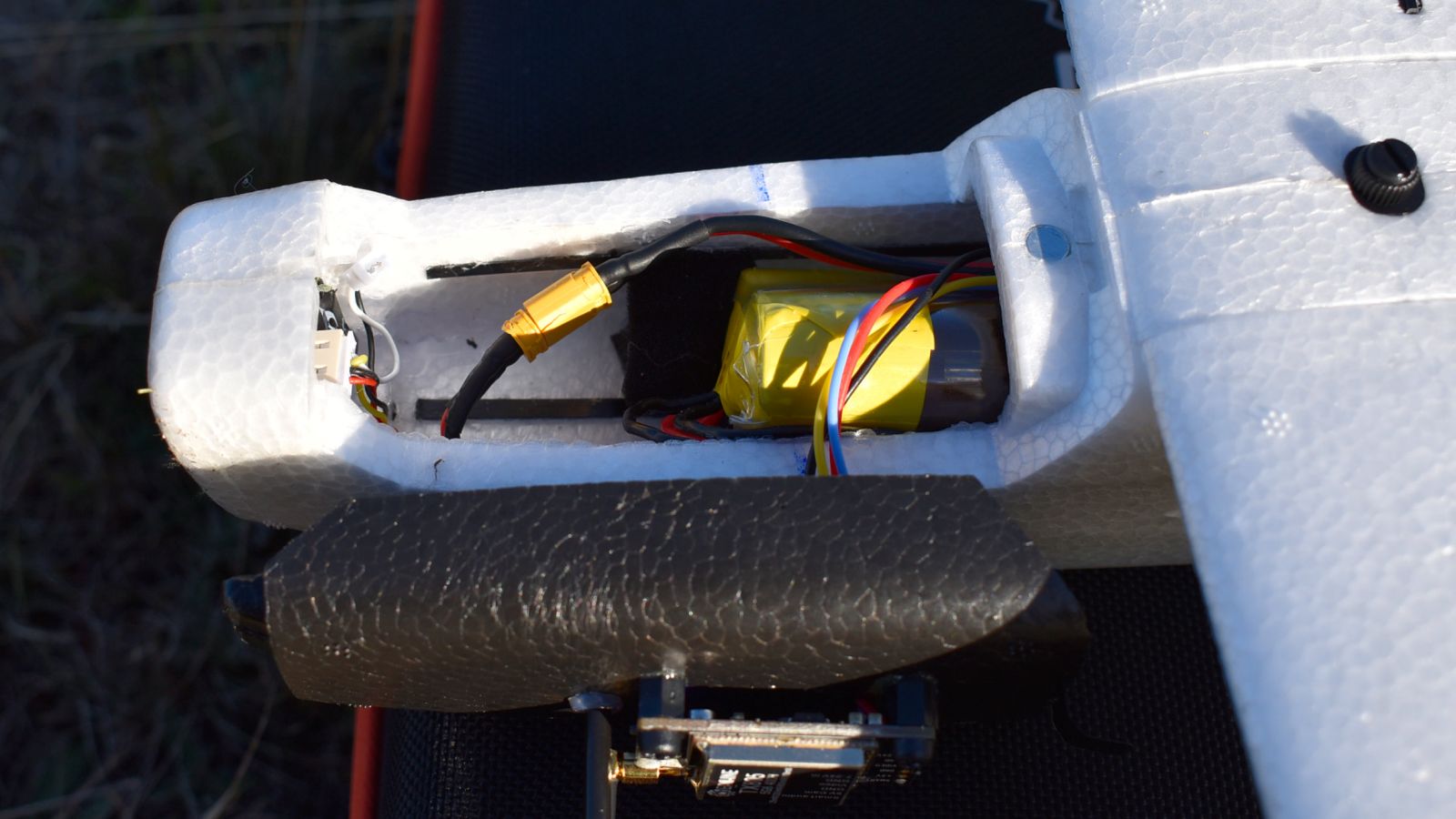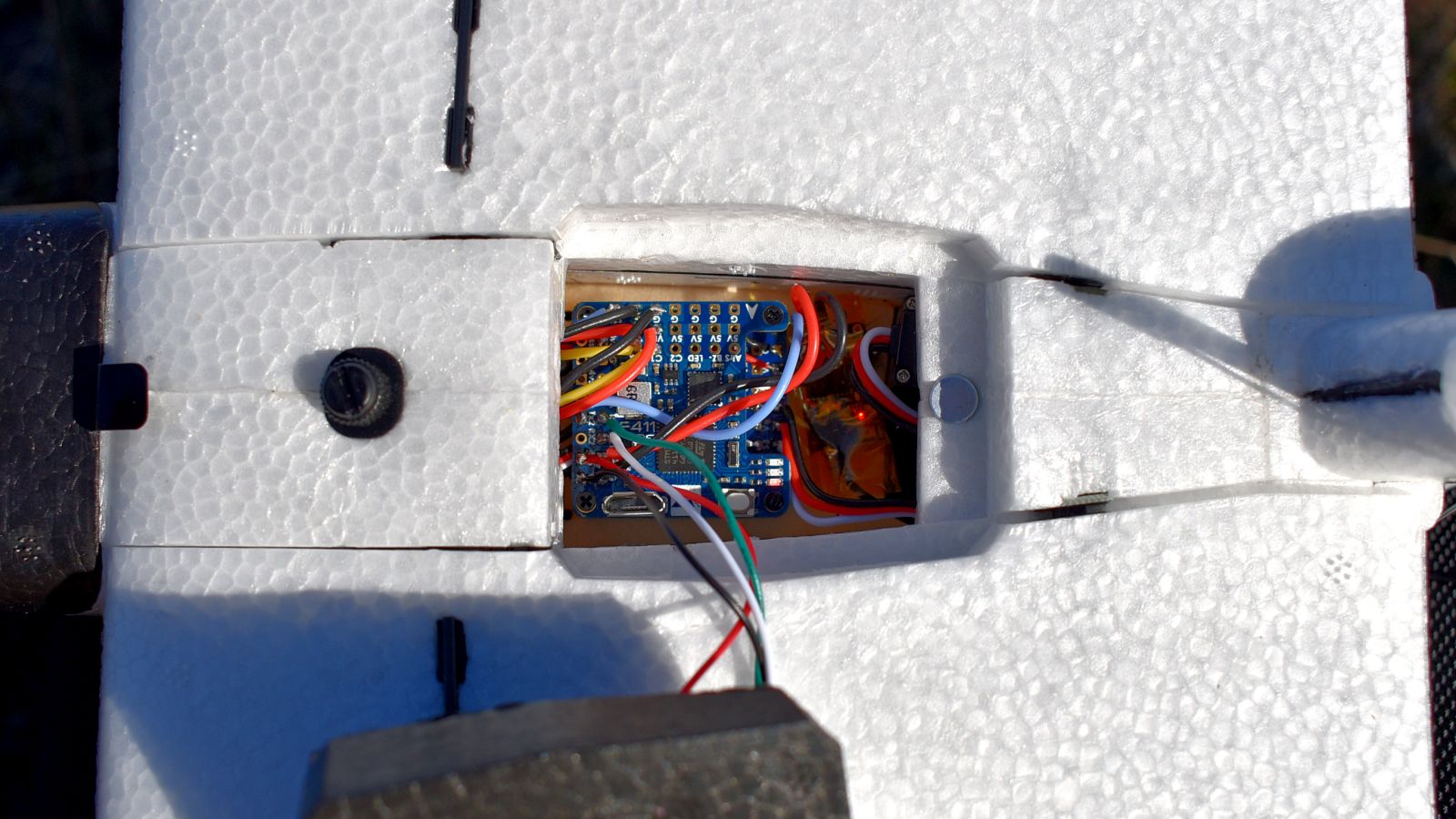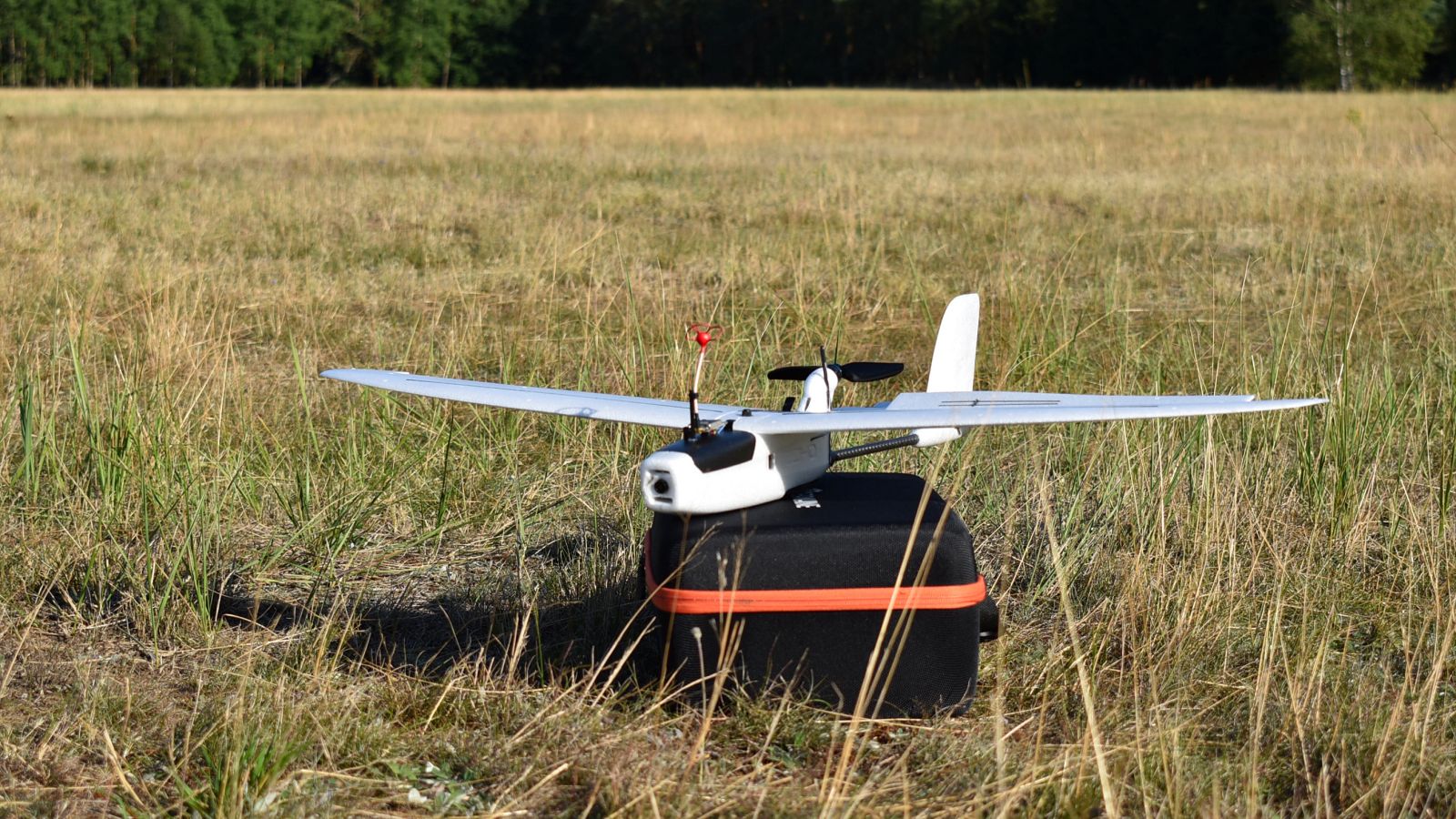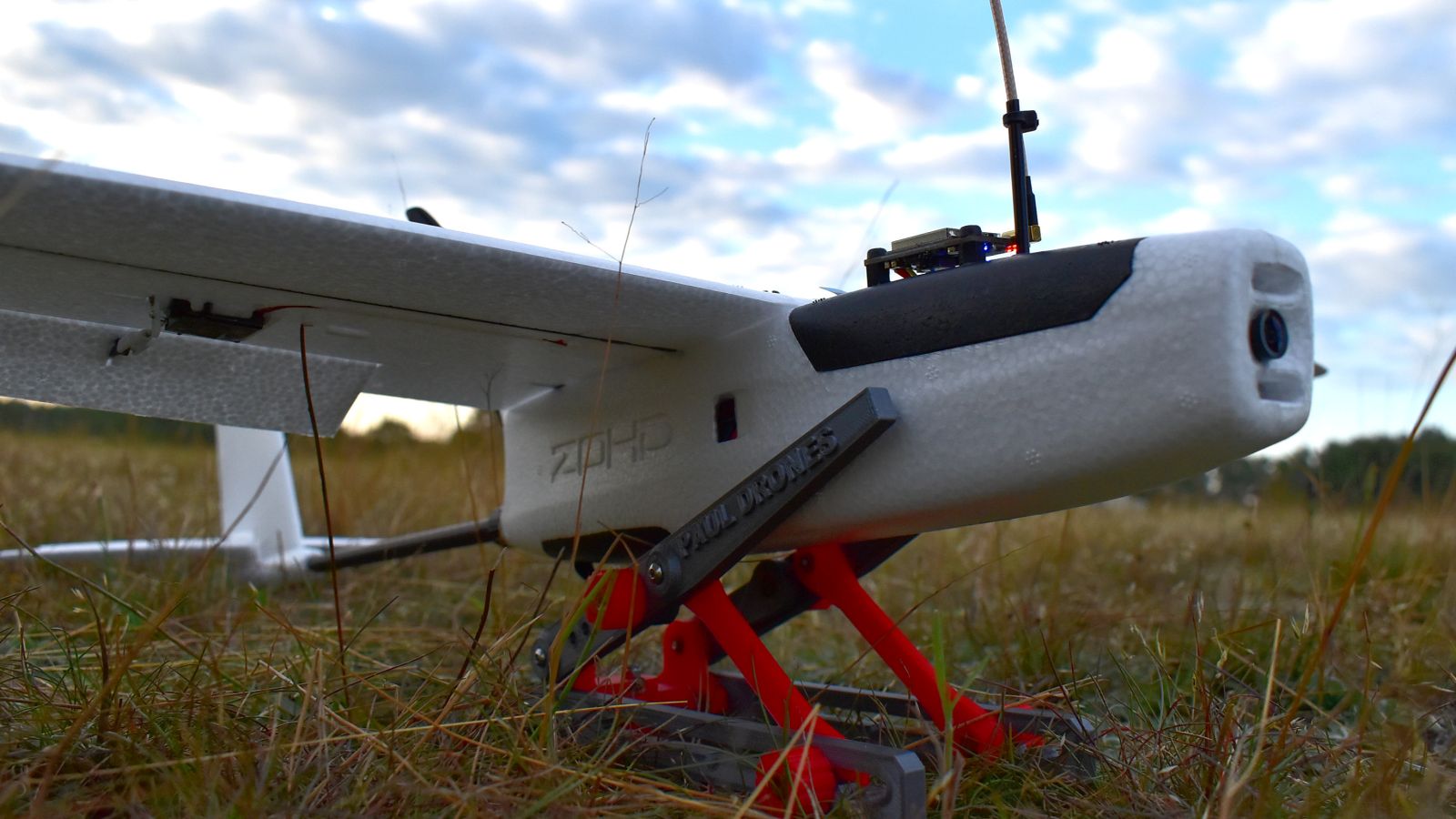ZOHD Drift Review - a smart FPV glider
Airplanes are fun, and I like to fly them. Unfortunately, most RC airplanes have a severe flaw: they are big, bulky, and traveling with an FPV airplane can be a pain in a posterior. Sure, some can be disassembled into a few smaller parts, but usually, those parts are not small, and assembling the airplane is time-consuming. On top of that, the 250g weight limit hangs like a sword of Damocles over the RC hobby's head. Everything gets so bloody complicated. And here comes the Drift!
What is ZOHD Drift?
Short answer? ZOHD Drift is a small and light FPV glider. The longer answer is that it's also quite smart! It easily disassembles into five separate pieces that are easy to store and transport, even in a backpack. It can be assembled in almost no-time without any tools.
Sounds good already? Wait, that's not all! It has a dedicated place for an FPV camera and enough space inside to fit everything that might be needed on a modern RC airplane: flight controller, GPS module, a long-range receiver like TBS Crossfire, or FrSky R9, FPV camera and FPV video transmitter. If you put a light battery, you can easily make it below 250g. But if you put 2S 18650 LiIon pack into it and be gentle on the throttle, flight times above 1 hour are easily doable. So, does the ZOHD Drift has your attention now?
The components and assembly
You can buy Drift in 3 versions:
- Kit - you get the airplane only (foam + carbon + plastic parts)
- PNP - you get an airplane with a 1406 2600KV motors, 30A ESC and servos preinstalled
- FPV - you get PNP + FPV camera with integrated VTX + ZOHD Kopilot Lite flight controller I decided to go with the PNP version, and I have to admit that building this airplane was very simple.
Like I mentioned before, assembly is super simple. All you have to do is to: attach the vertical stabilizer to the tail section and secure it with a nylon screw attach the elevator pushrod put the tail section into the main fuselage and secure it with a plastic nut put a short carbon spar into the main fuselage attach wings and secure them with a single nylon screw
Of course, installing the rest of the electronics takes more effort than that, but it's a task for one, maybe two, evenings. The only problem is limited space inside, and soldering all the wires requires some creativity. You also have to look for rather small hardware, especially a small VTX is recommended. I only had an Eachine TX805 at hand, and this resulted in VTX installed outside as it was just too big to fit inside the foam.
My build uses the following components:
- ZOHD Drift PNP version
- Matek F411-WING SE with INAV 2.5
- BN-180 GPS
- Foxeer Arrow Micro
- FrSky R9MM Eachine TX805
- Prodrone.pl cloverleaf antenna
ZOHD Drift Review
It's time for the saucy part and the answer to a question: should you buy a ZOHD Drift? Before that, let's do the pros and cons.
Pros:
Smart and lightweight design that is super simple to build at home Easy to assemble, handle, take apart and handle As long as you remember about the purpose and limitations, it offers quite a lot of fun and flight pretty well! Reasonable price It can stay in the air for hours!
Cons:
It is a specialized design that you can fly only in calm conditions You have to like slow flights and enjoy it If you push it, you will regret it! It has a small speed envelope and light, flexible wings. Dive with an open throttle, and you will crash. Manual says not to exceed 50km/h!
Final verdict? ZOHD Drift is a good airplane as long as you remember its purpose: a lightweight and portable glider. As long as you will treat it like one, it should give you a lot of pleasure. If you like to travel with an FPV airplane, like long and slow flights, Drift is a great option. If, however, you want something more versatile, you should instead pass on it. I like mine and do not regret the purchase, but it's not the best airplane in freet and never will be.

I'm Paweł Spychalski and I do things. Mainly software development, FPV drones and amateur cinematography. Here are my YouTube channels:

